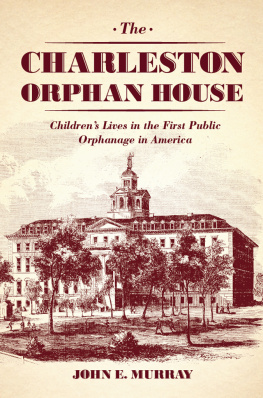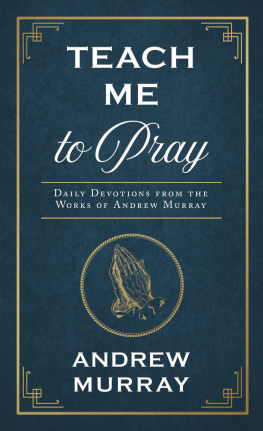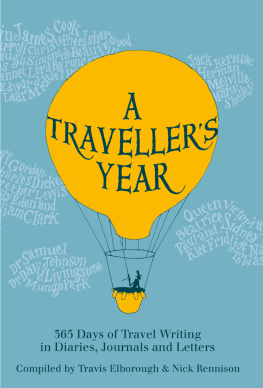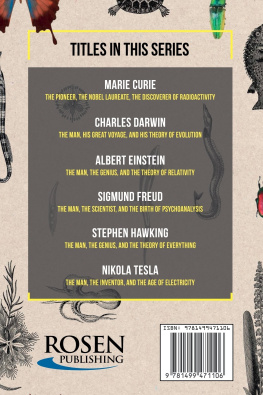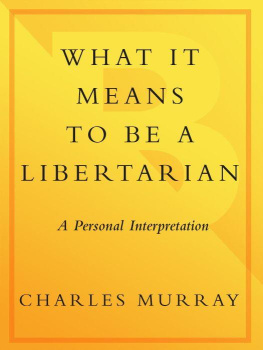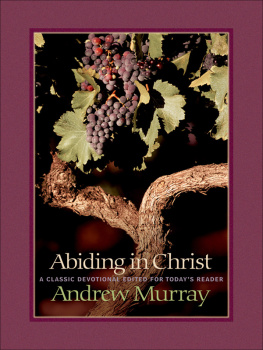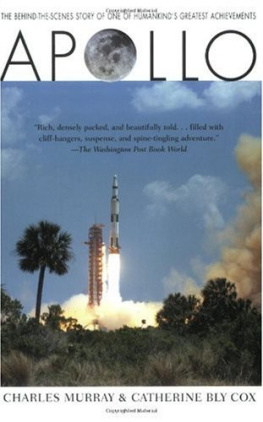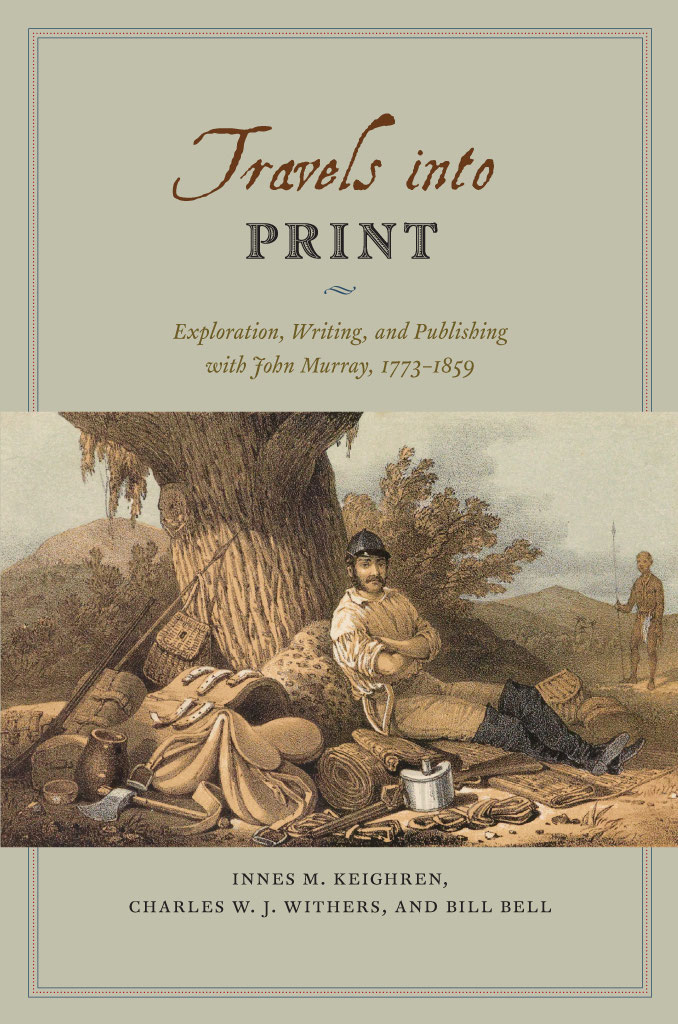Travels into Print
Travels into Print
Exploration, Writing, and Publishing with John Murray, 17731859
Innes M. Keighren, Charles W. J. Withers, and Bill Bell
The University of Chicago Press
CHICAGO AND LONDON
INNES M. KEIGHREN is a senior lecturer in human geography at Royal Holloway, University of London. CHARLES W. J. WITHERS is the Ogilvie Professor of Geography at the University of Edinburgh. BILL BELL is professor of bibliography at Cardiff University.
The University of Chicago Press, Chicago 60637
The University of Chicago Press, Ltd., London
2015 by The University of Chicago All rights reserved. Published 2015.
Printed in the United States of America
24 23 22 21 20 19 18 17 16 15 1 2 3 4 5
ISBN-13: 978-0-226-42953-3 (cloth)
ISBN-13: 978-0-226-23357-4 (e-book)
DOI: 10.7208/chicago/9780226233574.001.0001
Library of Congress Cataloging-in-Publication Data
Keighren, Innes M., author.
Travels into print : exploration, writing, and publishing with John Murray, 17731859/Innes M. Keighren, Charles W. J. Withers, and Bill Bell.
pages ; cm
Includes bibliographical references and index.
ISBN 978-0-226-42953-3 (cloth : alk. paper) ISBN 978-0-226-23357-4 (e-book) 1. Travelers writingsPublishingEnglandHistory18th century. 2. Travelers writingsPublishingEnglandHistory19th century. 3. John Murray (Firm) 4. TravelHistory18th century. 5. TravelHistory19th century. 6. Travel writingHistory18th century. 7. Travel writingHistory19th century. I. Withers, Charles W. J., author. II. Bell, Bill, 1961 author. III. Title.
Z286.T8K45 2015
070.5094209033dc23
2014029845
This paper meets the requirements of ANSI/NISO Z39.481992 (Permanence of Paper).
It is far easier to travel than to write about it.
David Livingstone (181373), African explorer
Contents
This is a book about booksbooks of travel and of exploration that sought to describe, examine, and explain different parts of the world, between the late eighteenth century and the mid-nineteenth century. Our focus is on the works of non-European exploration and travel published by the house of Murray, Britains leading publisher of travel accounts and exploration narratives in this period, between their first venture in this respect, the 1773 publication of Sydney Parkinsons A Journal of a Voyage to the South Seas, in His Majestys Ship, the Endeavour, and Leopold McClintocks The Voyage of the Fox in the Arctic Seas (1859), and with the activities of John Murray I (173793), John Murray II (17781843), and John Murray III (180892) in turning authors words into print. This book is also about the world of bookmaking. Publishers such as Murray helped create interest in the worlds exploration and in travel writing by offering authors a route to social standing and scientific statuseven, to a degree, literary celebrity. What is also true is that the several John Murrays and their editors, in working with their authors often hard-won words, commonly modified the original accounts of explorers and travelers, partly for style, partly for content, partly to guard the reputation of author and of the publishing house, and always with an eye to the market. In a period in which European travelers and explorers turned their attention to the world beyond Europe and wrote works of lasting significance about their endeavors, what was printed and published was, often, an altered and mediated version of the events of travel and exploration themselves. With particular reference to questions of authorship and the authority of what was being claimed in print, Travels into Print is a study of the relationships between the facts of travel and of geographical exploration and how the published versions of those travels came to appear in print.
Geographical exploration, travel writing, and book history are each topics of considerable importance, perhaps especially so from the later Enlightenment to the middle years of the nineteenth century in which period European scientists, individual travelers, and public audiences turned their attention to the nature of the world beyond themselves. Study of these topics has generated widespread interest in and across several fields. Geographers and historians of science have stressed the importance of the published accounts of voyages of exploration and travel to the emergence of modern science and to modern ideas about the dimensions and the content of the world. Historians of cartography and of the visual arts before photography have scrutinized the images produced by these explorers and travelers, seeing in their sketches and maps not only attempts at convincing depiction but also expressions of anxiety about the problems that new and diverse geographies and peoples posed for notions of authenticity and for the credibility of author and artist. Literary scholars and historians of the book have turned to the different forms of travel writing, to the exploration narrative as a genre, and to the production and edition history of travel texts. In one way or another, then, books printed and illustrated are no longer seen as simple bearers of geographical or historical truths but have themselves become the objects of scholarly enquiry. Travels into Print is intended as a contribution to these fields and as a demonstration of the fruitful links that can come from examining books as objects of knowledge from these different perspectives.
Our work was greatly aided by the acquisition, in 2006, of the John Murray Archive (JMA) by the National Library of Scotland, and the move north from the Murray offices at 50 Albemarle Street, London, to Edinburgh, of this extensive and unique collection of material. The JMA is one of the largest and most important publishers archives in Britain. Our book is based on a detailed analysis of the JMAprincipally of its rich manuscript materials, the correspondence files of letters into and out from the several John Murrays, and of the production and financial records and ledger volumes, as well as of the printed books themselves. Where relevant, we have made use of other publishers archives, and manuscript and other sources, in order to illumine the story of explorations authorship and authentication. The research on which this book is based was initially supported, from 2008 to 2010, by a research grant from the UK Arts and Humanities Research Council for a two-year project titled Correspondence: Exploration and Travel from Manuscript to Print, 17681846 (AH/F009364/1). This research project ended with a conference held at the Institute of Geography, University of Edinburgh, and in the National Library of Scotland in April 2010, and we are grateful for the comments and suggestions made by delegates concerning our ideas and for the stimulus of the papers delivered at this meeting. Further work from 2010 has been supported by the University of Edinburgh, Royal Holloway, University of London, and the British Academy.
The idea of correspondence that lies at the heart of Travels into Print embraces three related themes and sets of ideas, each of which provides a major thread running through and across the chapters of this book. The first is epistolarity: the cultures and practices of letter writing as evident in works of travel. More generally, how did explorer-authors write? For whom did they write? The second is epistemology. Explorers and travelers have to convince their readersand publishers, as well as their publishers editors and literary advisersof the truth claims of what they were writing about. Seeing things for oneself is a different route to truth than being told by others. Ones preparedness as a traveler in a strange land to believe things told by others depends strongly on trust in the teller, not just in the knowledge being imparted. How did explorer-authors justify the claims they made in and of their works and, even, of themselves? Simply, by what means did the written book claim to correspond with the real world it purportedly depicted? The third is editing. This term embraces processes of authorial mediation by the publisher. At different times, in different ways, and for different reasons, the Murrays and their editorial employees amended authors words. We show here how common this later redaction by publishers of explorers in-the-field writing was and what the resultant effects on the final printed work were. Editing also encompasses books edition history and knowing why certain books were reissued or revised, or published at a different price or in a different format. Our initial period of interest, covering the non-European travel and exploration material in the JMA between 1768 and 1846, reflected the foundation of the house of Murray in 1768 and James Cooks pioneering voyage that year into the Pacific, accompanied by Sydney Parkinson, and the synthesis of British polar exploration by John Barrow of the Admiralty in his Voyages of Discovery and Research within the Arctic Regions (1846). As the research began to focus in forming this book, our period altered to reflect the first Murray publication in 1773 arising from the Cook-Parkinson Endeavour expedition, and moved into the 1850s to encompass further examples of explorers book writing and publishers bookmaking by looking at the works and words of David Livingstone, Charles Darwin, and Joseph Hooker among others. Our terminus in 1859 is not simply arbitraryit reflects a particular moment in British exploratory culture as an era of large, often Admiralty-sponsored voyages of science and territorial investigation gave way to increasingly individual and touristic travel.


